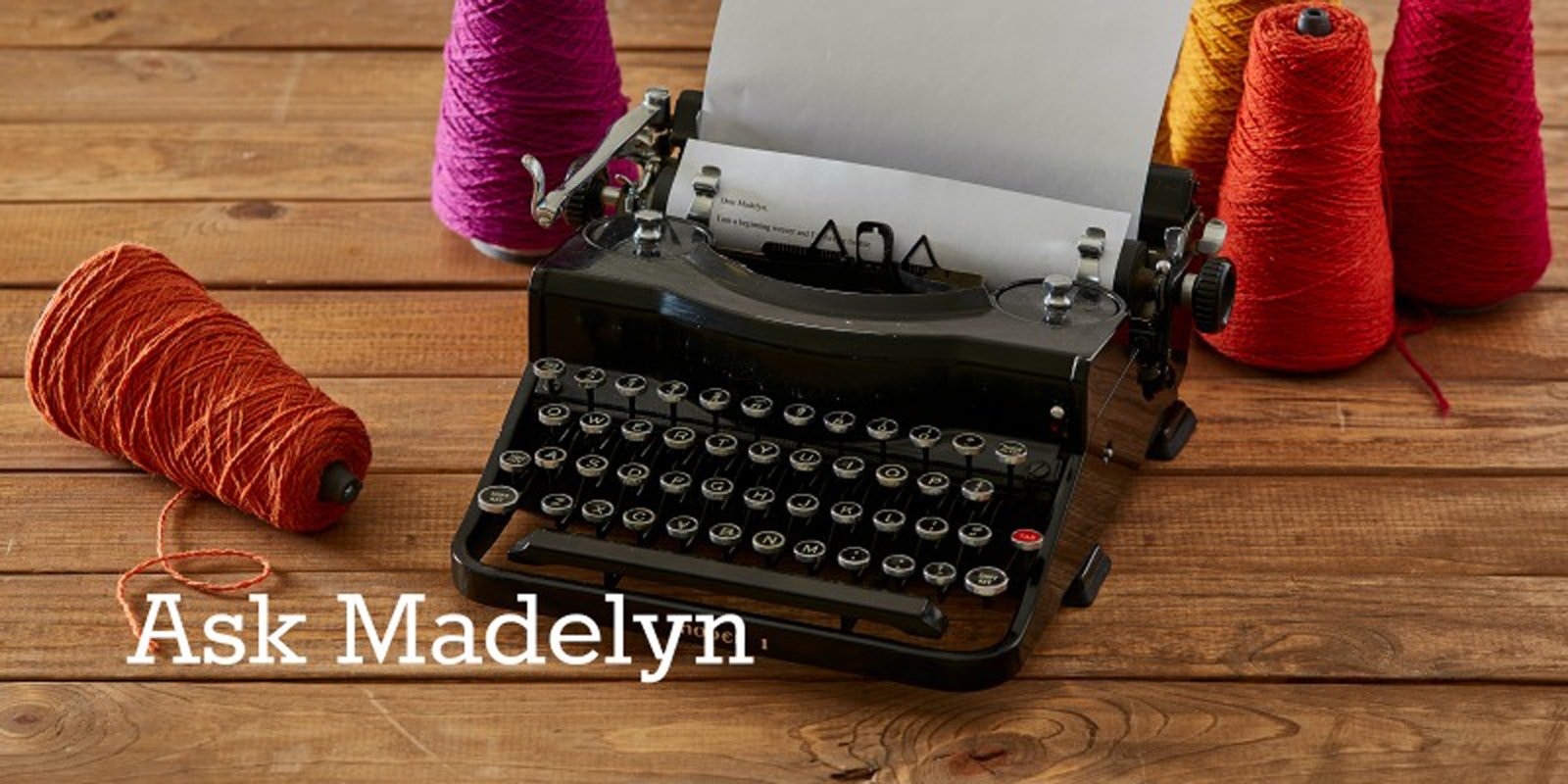Dear Madelyn, I have heard about a "false cross" when winding several ends together, but never really experienced the problem until this warp. I wound 2 ends of 8/2 unmercerized cotton and 1 end of 20/2 pearl cotton together (and no, I did not use a paddle). Now I am having all sorts of tension issues with the ends twisted together. Any suggestions of a better approach next time? Thanks,
– Susan Love
Hi Susan,
I'm assuming that you wound these threads together on the warping board, keeping them separate with your fingers but placing them together in the cross and that you warped front to back (sleying before threading).
My general rule of thumb is that you can wind 2 or 3 ends of a smooth yarn together that way (all 10/2 or all 5/2 pearl cotton, for example). There may be some twisting as the threads reach the heddles, but usually not so much that beaming is torture. You might even be able to wind 3 ends of 8/2 unmercerized cotton together (though unmercerized yarns are stickier than pearl cottons, so I probably would not try it).
But mixing two yarns of such different sizes (20/2 and 8/2) is not a good idea, even only one 8/2 and one 20/2. They will pull from the cones at different tensions with different degrees of twist, and they will want to stick together. Depending on your sleying order, I would have wound all the 8/2s and then all the 20/2s in separate warp chains and sleyed first one chain in the reed, then the other.
(I think a false cross is the secondary cross that forms between the first and second pegs on the board when you use a paddle; the real cross is the one between the second and third pegs.)
—Madelyn
Posted August 5, 2011. Updated May 8, 2017.
If you have a weaving question we would love to hear from you! Please email Madelyn!

